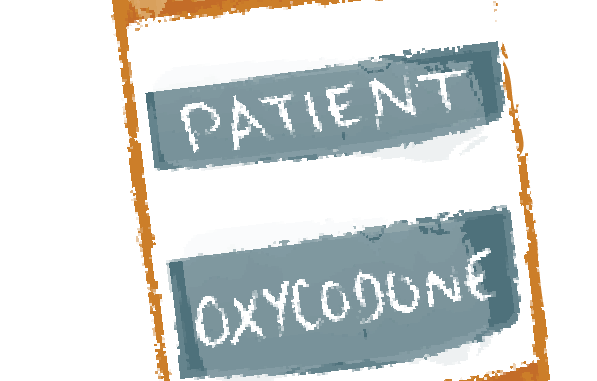
I’ve been a pharmacy technician for about two years, and through working with patients as I type up their prescriptions, count their medications and answer their questions, I’ve encountered everyone from cancer survivors to those just released from minor surgery. While their conditions are different, they all have one thing in common: dependence on prescription pain medication.
Before I became a technician, I never had experience with addiction, or the people who were addicted to drugs. It wasn’t until I started working at a pharmacy in Center City that my viewpoint on addiction began to take shape. At this job, I discovered how scary addictions can be.
Down the street from the pharmacy is a methadone clinic, where people who are addicted to prescription opioids can receive counseling and prescriptions for methadone drugs, which can help them cut back on their opioid dependencies. But often they struggle and sometimes fail to recover from their addictions. My interactions with these patients have shaped the way I view addiction in America.
I’ve learned how to identify the signs of withdrawal from drugs, a skill I thought I would never need. It’s easy to spot the shaking of their bodies, the empty, crazed look in their eyes and the quick mood swings. In the first few moments of patients appearing at the counter, I can tell if I will fill their prescriptions or not. There’s a fine line between needing a life-saving medication and needing to get a “fix.”
About four months ago, a man came into my pharmacy with three prescriptions for three different control medications — two for pain and one for anxiety. I discovered that he picked up those same medications two days prior at a different pharmacy. When I told him we would not be filling the medications, he told me he was going to “wait for me after work.” Hours later when I was leaving, I noticed him hanging around the store.
And on any given day, at least 10 people will come into my pharmacy asking for packs of needles. These people always pay in cash, never want a plastic bag or receipt, and more often than not I can see the needle marks on their arms and fingers.
These types of occurrences are daily, and they’re not unique to my pharmacy — they’re widespread.
And although it’s difficult to see people struggling with addiction, I can’t enable their habits. As a technician, I, along with my fellow coworkers, am the one who is in direct contact with patients. Even though the pharmacist has final say over which prescriptions we fill, it’s our instincts that keep medication from people who are clearly abusing it. I might have a duty to my patients to fill the prescriptions that keep them alive, but filling a script knowing they are addicted is only enabling them and supporting their dangerous habits.
It’s scary to see what people with addictions are going through, seeing that they’re shopping around for doctors and pharmacies, and knowing there isn’t really much as a tech I can do to help them. While we can ban a patient from filling at our pharmacy, and we can inform one of their doctors what is going on, there is no way of sending out a city-wide alert to be aware of these patients.
When I became a technician, I promised I would help everyone, no matter their condition. And while I wish I could keep that promise, there are just some people to whom I have to say no.
Although I know that they are sick and are trying to survive, I cannot allow my feelings of wanting to save everybody matter when the signs of addiction are in front of me. In practice, I wish it was easy to be able to help everybody, but prescriptions are not necessarily always the answer. There is only so much power I hold standing behind a counter. If we want to change how we view addiction as a country, we need to first acknowledge our growing dependence on drugs.
Chelsea Williams can be reached at chelsea.nicole.williams@temple.edu.


Be the first to comment